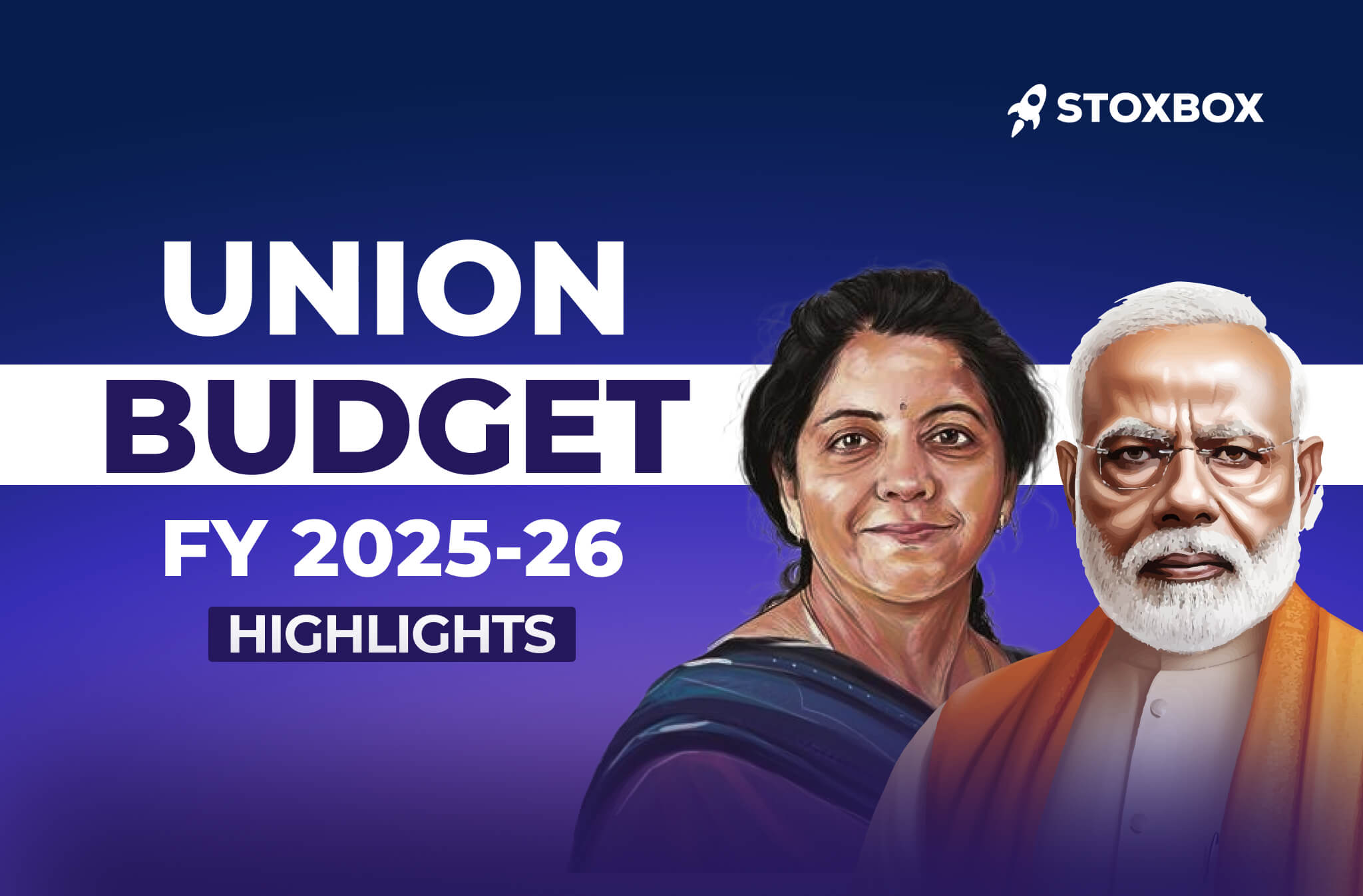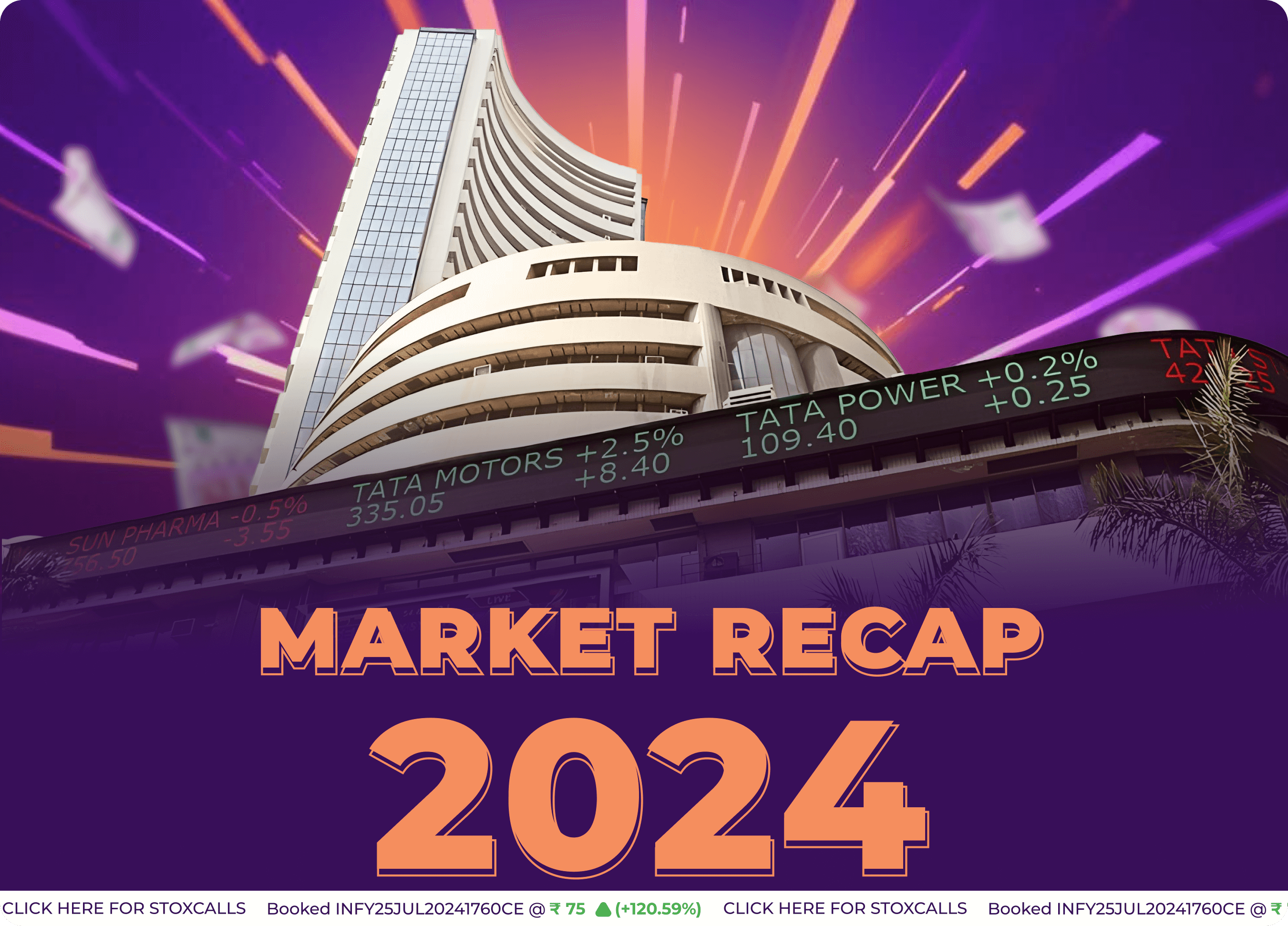Steady Growth with Differences Across Segments
In March 2025, the Indian automobile industry saw moderate growth, with car makers reporting a slight increase in sales across different vehicle categories. This increase was helped by good stock levels at dealerships, as they expected better demand due to regional festivals like Gudi Padwa in the west, Ugadi in the south, and Navratri in the north. However, the passenger vehicle (PV) segment struggled, only growing by 3% compared to last year, as retail demand (the demand from regular customers) remained weak. Dealerships currently have about 45–50 days’ worth of stock for PVs, and discounts are still high.
Utility Vehicles (UVs) also showed slower growth compared to previous months, possibly because of rising stock levels and slowing demand. On the other hand, commercial vehicles (CVs) and tractors did well, especially large trucks and commercial vehicles, which saw good growth due to more infrastructure projects and better fleet usage.
March also marked the end of the fiscal year FY25, which showed a mix of trends. While there was some growth, the industry faced challenges, like tough competition, high input costs, and overall economic uncertainty. Despite this, SUVs (sports utility vehicles) stayed popular and made up more than half of the total passenger vehicle sales, while smaller cars and sedans saw lower demand.
Some car companies lost market share, but Mahindra & Mahindra and Toyota did well, growing their sales thanks to strong demand for SUVs, better exports, and more sales in rural areas.
Looking forward, the demand for passenger cars is expected to stay low, but tractor sales are likely to stay strong due to good conditions for farmers and a positive outlook on the harvest. On the global front, while US tariffs on cars won’t directly affect India much, it could lead to more competition from foreign car makers trying to sell in other markets, including India.
Passenger Vehicles
In March 2025, the domestic passenger vehicle (PV) market grew by a moderate 3.0% compared to last year. The performance was mixed, with cities like tier-1 and tier-2 doing better, while demand in rural areas remained weak. Even though retail sales were low, car sales at dealerships increased because dealerships built up stock in anticipation of more demand. Discounts at dealerships were still high, with price cuts around 75–80% more than last year. At the same time, car prices went up, affecting how people felt about buying. Overseas markets helped balance things out, as car exports grew strongly, helping carmakers deal with weaker local demand.
On an annual level, the market didn’t change much. Maruti Suzuki (MSIL) kept its top spot in the market, followed by Hyundai (HMIL) and Tata Motors. However, competition got tougher as the top three companies lost market share, while Mahindra & Mahindra (M&M) and Toyota did better. A new trend in FY25 was more cars running on CNG fuel, with Maruti Suzuki leading the way. One in three cars sold by MSIL was CNG-powered, while Tata Motors had one in four, and Hyundai saw more CNG sales too.
Maruti Suzuki faced a slight drop in domestic sales, mainly because of weak demand for entry-level cars and a small slowdown in UV (Utility Vehicle) demand. However, strong export sales helped balance things out, and the company saw a 4.6% overall growth for the year, reaching 2.2 million units sold. By the end of FY25, Maruti reduced its stock to 27 days. They also stopped making the Ciaz sedan, changing their product strategy.
Tata Motors, after a few months of declining sales, saw an improvement in March, mainly because of stronger demand for SUVs and healthy export growth. However, on the whole, Tata Motors saw a 3.0% decline in domestic sales for the year, reaching 556,000 units. A major concern for Tata Motors was the fall in its electric vehicle (EV) sales, which hurt its market share in this area. They also faced issues with their premium EV strategy as Jaguar Land Rover (JLR) stopped its EV production plans at Tata’s new $1 billion plant due to supply chain problems and weak demand. This delay may affect Tata’s plans for its premium electric vehicles and could give Mahindra & Mahindra an advantage in the EV market.
Mahindra & Mahindra had a strong month, reporting an 18.3% increase in sales in March, mainly due to high demand for models like the Scorpio and XUV700 and growth in its EV lineup. Over the year, the company saw a 20% increase in sales, reaching 551,000 units. However, exports were still a weak point for M&M, limiting their growth in international markets.
Hyundai Motor India Limited sold 67,300 cars in March 2025, with 51,800 units sold in India and 15,500 units exported, showing a small 2.6% growth compared to last year. For the year, Hyundai sold a total of 762,000 units, with 598,600 units in India and 163,000 exported. Hyundai stayed in second place in the market and plans to focus on growing its SUV and CNG car range to stay competitive.
Two Wheelers
In March 2025, the two-wheeler (2W) industry in India saw a healthy growth, but it wasn’t as strong as it could have been due to Bajaj Auto’s weaker performance. While exports grew well, Bajaj Auto’s slow sales held back the overall growth. Retail demand was still low because of the Kharmas period (a time considered inauspicious for buying vehicles), which lasts until mid-April. However, dealers expect demand to pick up after Kharmas, especially with the upcoming wedding season in northern India and a positive outlook in agriculture, which could boost sales of entry-level bikes.
The shift to new vehicle standards (OBD-2B compliance) caused a rise in bike prices, which might affect affordability in the near future. Hero MotoCorp (HMCL) had a great month, with sales of 549,000 units in March, showing a 12.1% growth compared to last year and a 41.6% increase from the previous month. For the whole year, Hero sold 5.8 million units, up by 39.5% from last year.
Bajaj Auto didn’t do as well, with March sales reaching 369,000 units, only a slight 1.1% increase from last year. The sales of its popular Pulsar model didn’t pick up, affecting overall growth. For FY25, Bajaj sold 4.6 million units, a 6.9% increase, but its exports showed stronger growth.
TVS Motor was one of the top performers, benefiting from strong sales of the newly launched Jupiter 110 and iQube models, although its Raider model saw slower demand. In March, TVS sold 414,000 units, a solid 16.9% increase from last year. Overall, TVS sold 5.1 million units for the year, showing a 22.1% growth.
Eicher Motors had a standout month, selling 101,000 units, which was a huge 33.7% increase from last year and an 11.4% rise from the previous month. Royal Enfield did well with strong demand for its 650cc bikes, both in India and abroad. The company sold around 10 million units in FY25, an 11% increase from the previous year.
The overall discounting situation in the 2W industry remained steady, and bike dealerships had about 40-50 days’ worth of inventory. Looking ahead, demand is expected to improve after the Kharmas period, with seasonal factors and agricultural stability playing a role. However, rising bike prices due to new regulations and weak demand in rural areas are important things to watch for the industry.
Commercial Vehicles
In March 2025, the Commercial Vehicle (CV) industry saw a small increase in demand, mostly because dealerships were restocking their vehicles, even though actual demand from businesses was uncertain. Freight usage (how much trucks are being used to carry goods) remained stable at 75–77%, but truck owners were lowering freight rates to get their idle trucks moving, showing that the market still had some weakness. Even though vehicle manufacturers (OEMs) raised prices by up to 4%, dealers offered discounts, which helped balance out the price increase, meaning they didn’t actually make much more money. Also, the number of vehicles in stock at dealerships was high, about 35 days’ worth, which showed that sales were slow.
Tata Motors, a major player in the domestic CV market, sold 38,900 units in March, which was a 4.5% drop compared to last year but a strong 26.3% increase from the previous month. For the whole year (FY25), Tata’s total sales dropped by 5.2%, showing weaker demand over the year.
Ashok Leyland saw better growth in March, selling 24,000 units, which was a 5.8% increase compared to last year and a big 34.4% increase from February. However, for the whole year, sales remained mostly flat, with 195,100 units sold.
VE Commercial Vehicles (VECV) did well, selling 12,100 units in March, a 7.6% increase from last year and a big 49.5% jump from the previous month. For FY25, VECV’s total sales grew by 5.4%, reaching 90,200 units.
Mahindra & Mahindra (M&M) had a strong month, selling 31,700 units in March, which was a 21.0% increase from last year and a 4.9% rise from February. For the whole year, M&M saw impressive growth of 38.3%, with total sales reaching 416,500 units.
Tractors
In February 2025, tractor sales went up by 16.3% compared to last year but dropped by 1.6% compared to January. Mahindra & Mahindra (M&M) did better than the rest of the industry, with an 18.7% increase in sales from last year, thanks to their strong product range. However, their sales dropped by 9.2% compared to the previous month. Escorts Kubota saw a 10% increase from last year and a big 31.5% rise from January, likely because dealers were restocking before the upcoming Rabi season.
In exports, Escorts Kubota had a strong 41% growth from last year, while Mahindra’s exports grew by a more modest 6%. Overall, demand for tractors remains steady, helped by good feelings in rural areas, but inventory adjustments might slow growth in the short term.
You might also Like.
Edit Announcement Impact Companies Enhancing the credit guarantee cover for...



